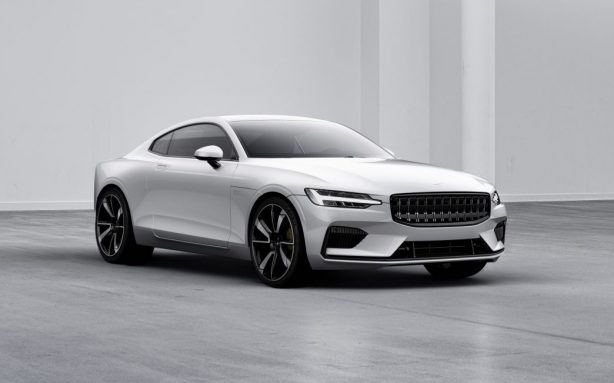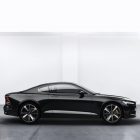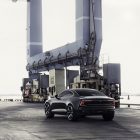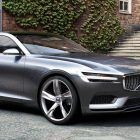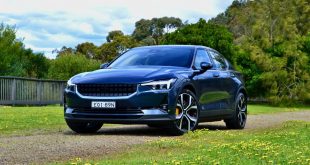Polestar, Volvo’s performance sub-brand, has revealed its future as a new standalone electric performance brand. Polestar confirmed plans for its first three models, a new purpose-built production facility in China and a customer-focussed route to market that it says will set a new industry benchmark for performance vehicles.
The company’s first car, the 600hp (447kW) Polestar 1 based on the Volvo Concept Coupe, is unveiled ahead of mid-2019 production. Benefitting from synergies and economies of scale enabled by Volvo, Polestar is able to accelerate the design, development and production processes at fraction of the time it takes other new entrants.
Thomas Ingenlath, Chief Executive Officer of Polestar said; “Polestar 1 is the first car to carry the Polestar on the bonnet. A beautiful GT with amazing technology packed into it – a great start for our new Polestar brand. All future cars from Polestar will feature a fully electric drivetrain, delivering on our brand vision of being the new standalone electric performance brand”.
As a halo for the future Polestar brand, the Polestar 1 is a two-door, 2+2 seat grand coupe with an ‘Electric Performance Hybrid’ drivetrain. An electric car supported by an internal combustion engine, it’s claimed to have a range of 150kms on pure electric power alone – the longest full electric range of any hybrid car on the market. Its output of 600hp (447kW) and 1000Nm of torque places the car firmly in the performance car segment.
The Polestar 1 is based upon Volvo’s Scalable Platform Architecture (SPA) but approximately 50% is said to be new and bespoke, created by Polestar’s engineers. To reinforce its dynamic driving characteristics, Polestar 1 is the world’s first car to be fitted with the all-new class-leading Öhlins Continuously Controlled Electronic Suspension (CESi) advanced chassis technology. A carbon fibre body reduces bodyweight and improves torsional stiffness by 45%, as well as lowering the cars’ centre of gravity. Additionally, Polestar 1 uses a double electric rear axle which enables torque vectoring for optimum cornering grip.
The Polestar 1 will be built in the purpose-built Polestar Production Centre in Chengdu, China. Currently under construction, it is due for completion in mid-2018.
Polestar will also move away from today’s traditional ownership model. Cars will be ordered 100% online and offered on a two or three year subscription basis. The zero-deposit, all-inclusive subscription will also add features such as pick-up and delivery servicing and the ability to rent alternative vehicles within the Volvo and Polestar range, all incorporated into one monthly payment.
The aim of the flat rate subscription is to offer a hassle free experience for the customer, according to Polestar. This is facilitated by Phone-As-Key technology. It allows the owner to share a virtual key with a third party, and also enables access to a host of other on-demand features.
All future cars from Polestar will have a fully electric powertrain. Polestar 2 will start production later in 2019 and will be the first battery-electric vehicle (BEV) from the Volvo Car Group. It will be a mid-sized BEV, joining the competition around the Tesla Model 3, and with consequently higher volumes than Polestar 1. The initial phase of the Polestar product roll out will then be completed by the subsequent arrival of a larger SUV-style BEV, the Polestar 3, which will compete with the Tesla Model X.
The ordering and configuration of Polestar cars will be conducted online via a Polestar app or online portal. However, Polestar also recognises that customers still want to physically engage with the brand so Polestar will open a network of Polestar Spaces around the world. This is where future Polestar customers can interact with products and the brand. Polestar Spaces will be standalone facilities and not within existing Volvo retailer showrooms.
The order books for the new Polestar 1 open on 17 October 2017, with Polestar able to take expressions of interest from prospective customers immediately.
 ForceGT.com Car News, Car Reviews, Video Reviews, Tuning and much more.
ForceGT.com Car News, Car Reviews, Video Reviews, Tuning and much more. 